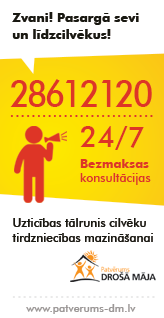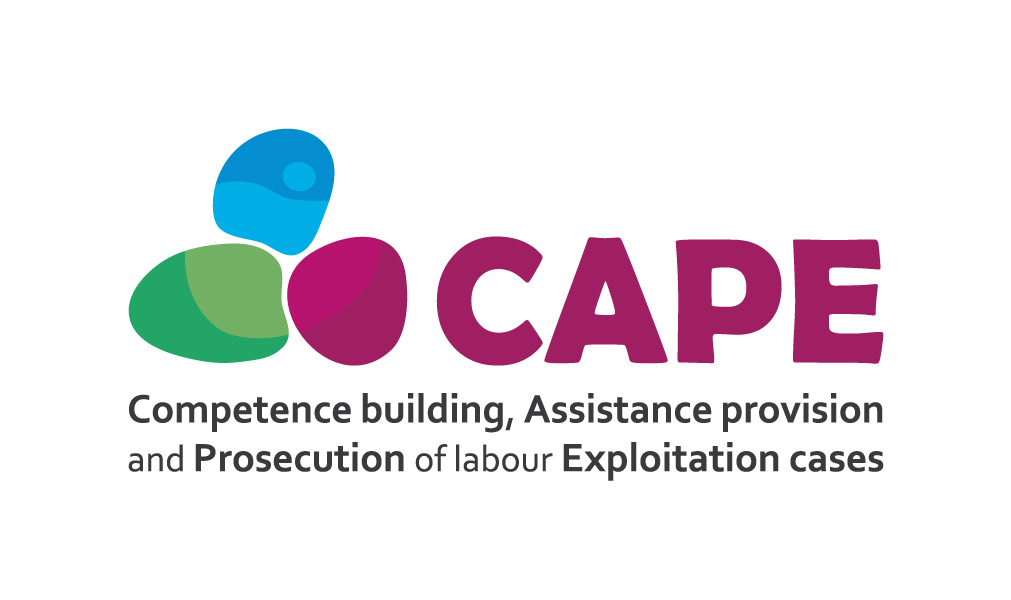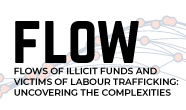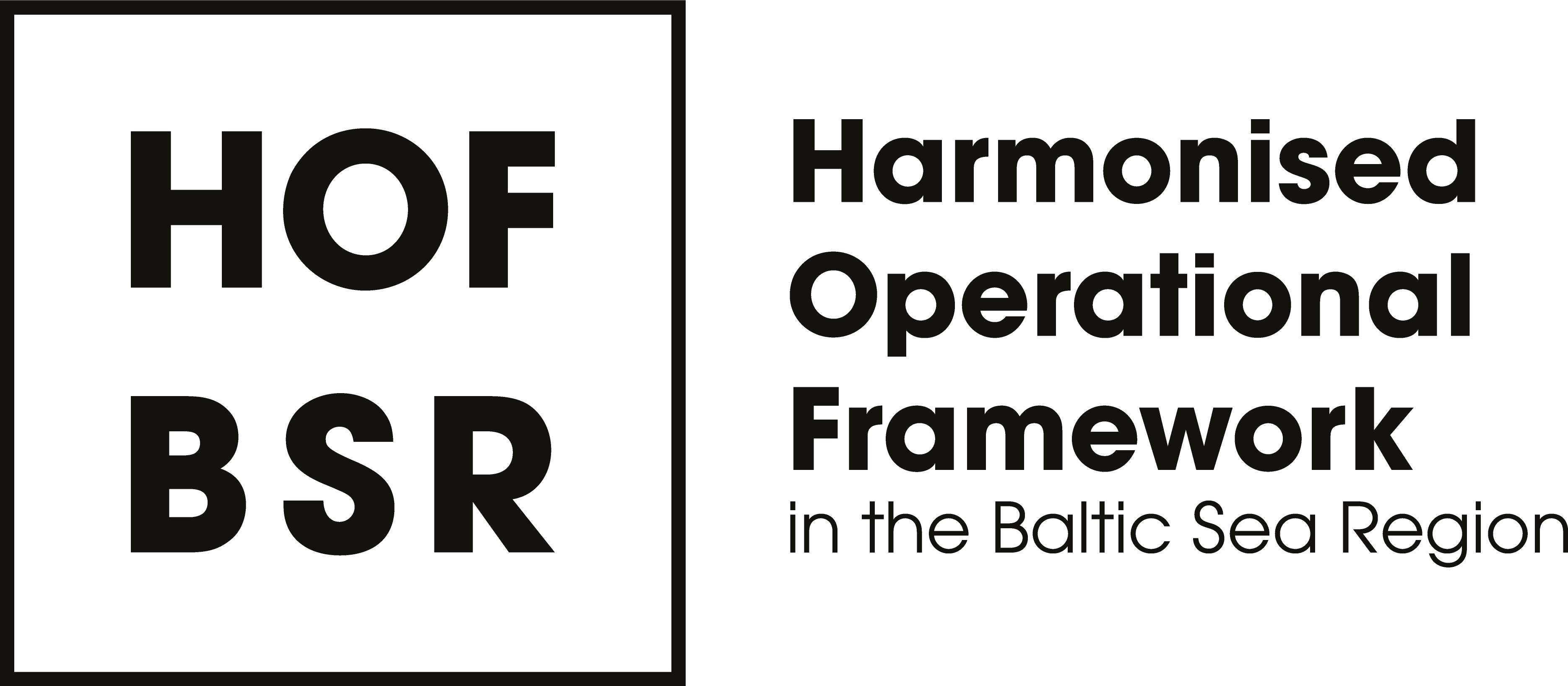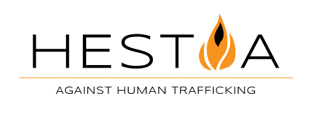A Manager of the Project “Preventing human trafficking and sham marriages: A multidisciplinary solution” (HESTIA), National Anti-Trafficking Coordinator Ms Lāsma Stabiņa presented findings from the HESTIA Project. It was highlighted that the HESTIA Project Research has analysed the links between trafficking in human beings and sham marriages and determined a term “exploitative sham marriages” to capture the “essence” of the phenomenon studied. Exploitative sham marriages - marriages concluded between EU nationals and third country nationals in order for the third country nationals to obtain a residence permit in the EU and including exploitative elements.
The phenomenon of exploitative sham marriages is to a large extent gender-based, where most of the potential victims are women originating from EU countries. The recruiters especially target women who are in financial difficulties, have a history of social exclusion, a low level of education, lack language skills, have diagnosed mental disabilities, or come from a dysfunctional family background.
The exploitative sham marriages contain all elements of trafficking in human beings:
- actions (recruitment, transportation, concealment, accommodation, reception) – potential victims were recruited mainly via social networks as well via the Internet, direct recruitment is small-scale and often carried out face-to-face by unorganised recruiters, such as family members, friends, employers and acquaintances; the travel tickets were commonly bought by the organisers, and sent to the women e.g. via e-mail, the women either travelled alone, with a friend, or when several women were recruited at the same time, they also often travelled as a group; the women were met (usually at the airport) either by the organisers, middlemen, the grooms, or by the groom’s relatives;
- means - by using means of deceit: the victims are lured with false promises and fake job offers and opportunities; by using violence or threats or by taking advantage of the dependence of the person on the offender or of his or her state of vulnerability or helplessness; by the giving or obtaining of material benefits or benefits of another nature in order to procure the consent of such person, upon which the victim is dependent;
- exploitation - sexual slavery (violence); domestic servitude; forced criminality (e.g. recruiting more women into sham marriage); benefit fraud (ID used for obtaining loans and credits) and
- means of control - physical violence; sexual violence; economic violence/control, debt bondage; restrictions of the movement, deprivation of personal freedom; ID documents are kept by the organiser(s) and/or on the spouse; dependency on the organiser(s) and/or on the spouse; forced criminality (e.g. recruiting more women into sham marriage); measures that prevent victim from leaving; abuse of position of vulnerability (a person does not speak local language, does not know rights, whom to approach, is afraid).
L.Stabiņa approached the EU Member States and the European Commission with the following recommendations:
- To implement EU-level recommendations provided by the HESTIA Project Research Report encouraging the European Union Member States to strengthen their policy framework, international cooperation, victim assistance, awareness-raising, training of different professional groups as well as provision of further research and data collection
- To apply provisions and requirements provided by Council Resolution of 4 December 1997 on measures to be adopted on the combating of marriages of convenience (Official Journal C 382 , 16/12/1997 P. 0001 – 0002)
- To consider opportunities to supplement the Recital 11 of the Preamble of the Directive 2011/36/EU of the European Parliament and of the Council of 5 April 2011 on preventing and combating trafficking in human beings and protecting its victims, and replacing Council Framework Decision 2002/629/JHA with a new form of trafficking in human beings «exploitative sham marriages»
It is worth mentioning that the implementation of the HESTIA Project was started during the Latvian Presidency of the EU Council and is now ending with the closure of Slovak Presidency.
Presentation – "Exploitative Sham Marriages - A New Form of Human Trafficking"<<
Policy Paper “Exploitative Sham Marriages: Exploring the Links between Human Trafficking and Sham Marriages” developed by HEUNI.
*The Project is coordinated by the Ministry of the Interior (Latvia). Project partners: NGO "Shelter ‘Safe House’" (Latvia), NGO "Living for Tomorrow" (Estonia); NGO "Caritas Lithuania" (Lithuania); Immigrant Council of Ireland (Ireland); Ministry of the Interior of Slovak Republic (Slovakia); European Institute for Crime Prevention and Control of the United Nations (HEUNI) (Finland). Associated Project partners: The State Police (Latvia), Ministry of Foreign Affairs (Latvia), Department of Justice and Equality (Ireland).
The "Preventing human trafficking and sham marriages: A multidisciplinary solution" (HESTIA) project has been funded with support from the European Commission. This publication reflects the views only of the author, and the European Commission cannot be held responsible for any use which may be made of the information contained therein. Grant Agreement No. HOME/2013/ISEC/AG/THB/4000005845. The implementation of the HESTIA project was started on 1 January 2015 and will continue until 31 December 2016. #HESTIA_THB https://ec.europa.eu/anti-trafficking/
Information published by: Rasa Saliņa, Public Relations Specialist of the HESTIA project, e-mail: rasa.salina@gmail.com



